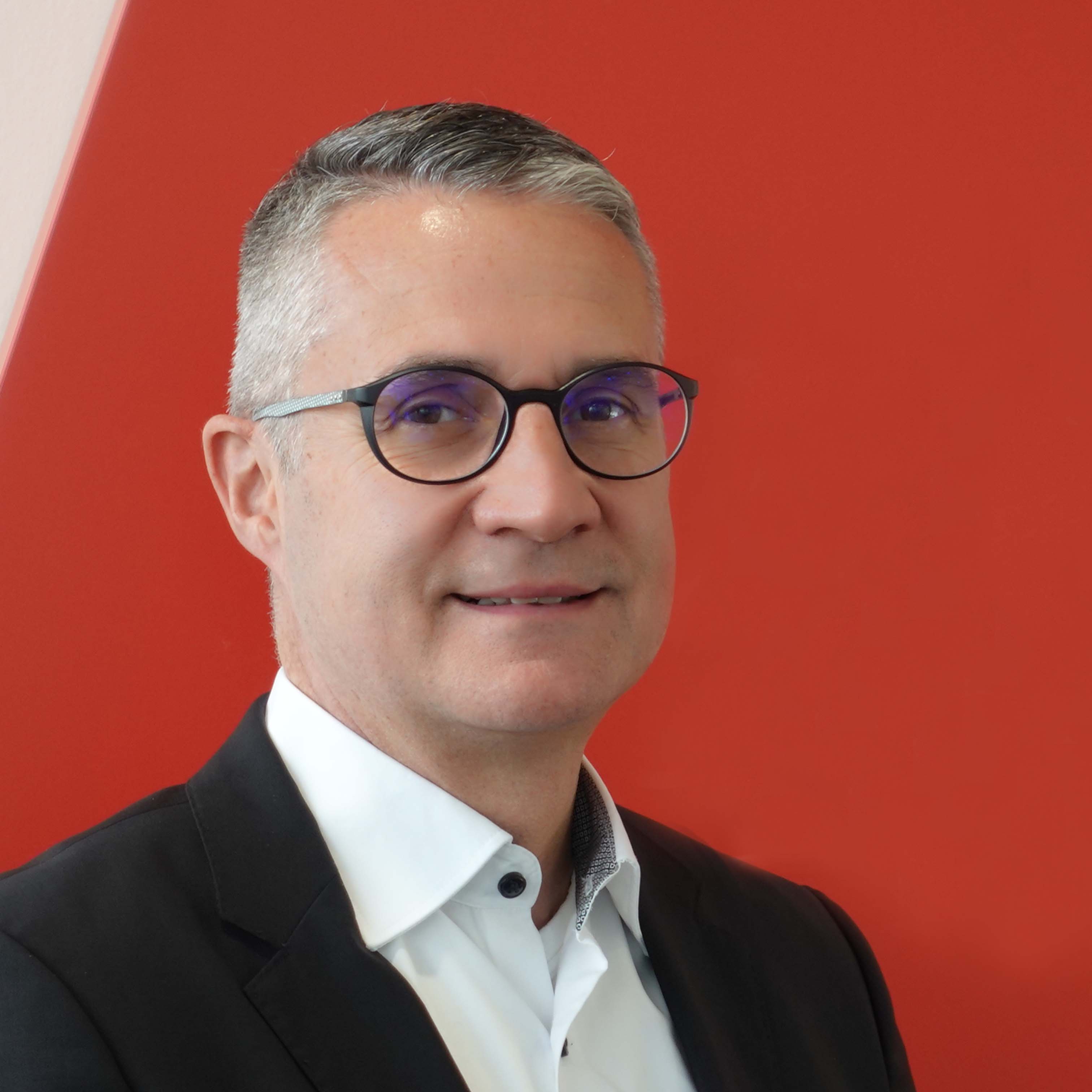Our headquarters in Japan used Clarity for what is known as Early Stage Control Management, i.e., in project management. At DENSO AUTOMOTIVE Deutschland GmbH in Germany, the focus is more on resource management. In addition to Germany, our users are also in the UK, the Czech Republic, and Sweden.
The main application area for Clarity is in the field of engineering. We mainly use Clarity to plan projects, allocate resources, and record current efforts. We then deliver the results to the Finance Department, which does not work directly with the system, but receives the data from Clarity as a single source. Being able to support internal financial and cost planning and provide valid and good figures represents an important added value to us. The figures provided by Clarity are also used for billing and TC invoicing.
In addition, we use Clarity to generate quarterly reports to check the planning and invoice status. To do this, we compare the planned costs in Clarity with the actual invoice data. This helps us to check the validity of the project planning and to compare the planned figures with the actual costs in order to get an overview of the profitability of the business units. In the thermal sector in particular, Clarity is also used for management analytics and KPIs, where Clarity provides important data as a single source of information. Power BI affords us an even more vivid presentation of this data.
Clarity does a lot to help us with our TC (Technical Center) invoicing, as we call it. We operate as an engineering center within the company. This means that the expenditures of our developers must be passed on to our headquarters in Japan or to the business units or the plants in Europe – depending on who incurred the costs.
We also need to be able to split costs across several areas or cost centers, since sometimes there isn’t just one consigner or stakeholder, but several. We were able to adapt Clarity in such a way that we can now map this so-called consigner splitting in the system, which saves us a lot of effort: With Clarity, we can create a developer expense summary, which is passed on to our finance department as the calculation basis for allocation to the correct cost centers.




